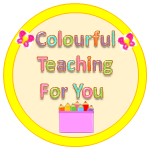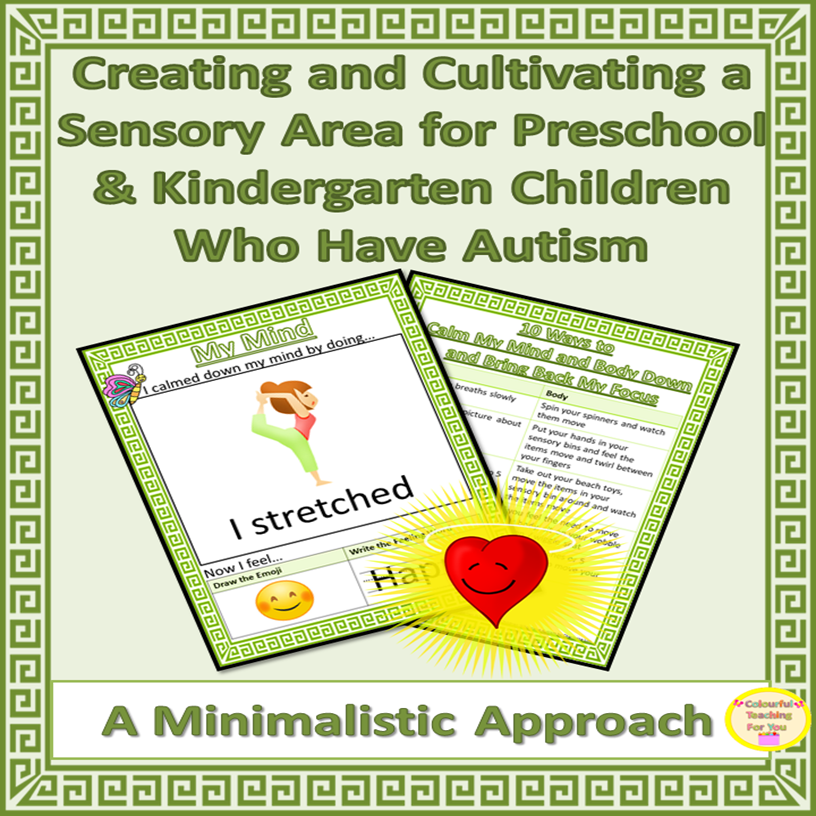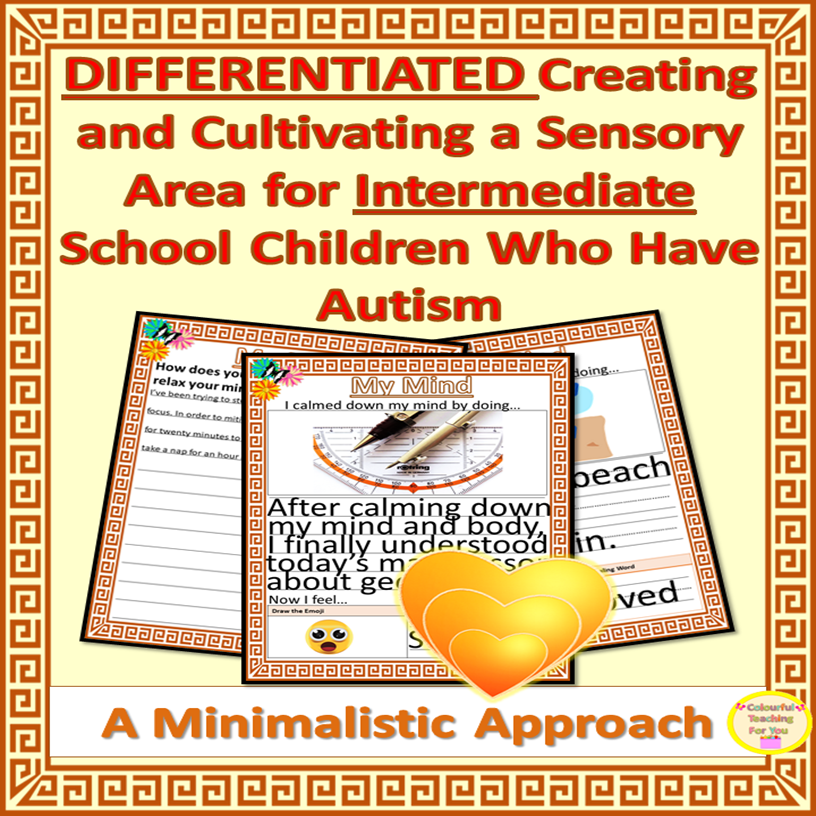Today we’re going to talk about three simple autism organization skills for students.
Even though many children have difficult with focus and organizational skills, this is especially true for students who have autism. This occurs because an autistic child may have difficulty with processing information, prioritizing and sequencing events and actions, understanding the concept of time and managing their executive function skills.
Since these are important for developing organizational skills, it is important for educators to teach students how to do them by modelling it for them.
As a child starts to master some of these skills, you can pull back on the supports you have in place and help them develop additional skills based on their IEP (Individualized Education Plan).
The first two strategies are universal and can be used for your whole class.
Actionable Steps:
#1. Simplified Sequence
It’s good idea to start your day by telling students about the shape of the day. After you do that, it’s important to talk 1-1 with your student who has autism and tell them what they need to work on now in that moment and what topic will follow shortly after. Then, set a timer so that they can see how long they have to complete their task. This will help your child focus.
#2. Colour Coordination
Have a specific color for each subject. For instance, a red folder can be used for language arts and a blue one for math. This way, when a child needs to put back their folders, they don’t have to think about where it needs to go by looking for the name of the subject, but can go directly to where the correct colored folders are and place their folder there in the right section. It eliminates confusion and distractions as it’s a fairly quick process.
#3. Visual Supports
Have about three tasks that your student must complete that day. These tasks should be placed on the child’s desk using words and pictures. If they do it, they get a star, which can symbolize a reward that you will have discussed ahead of time.
It’s a good idea to place a visual “I need help,” image on the child’s desk so that the student point to it quietly when they need extra support. This is less disruptive and doesn’t require you to deal with classroom management issues.
Recap:
Let’s recap really quickly. Today, we looked at the following:
- The relevance of applying teaching and developing organization skills for students who have autism.
- The three strategies are: simplified sequence, color coordination, and visual supports.
Additional Support:
Check out the following resources for your classroom by clicking on the image that best meets the needs of your students:
Free Resources:
If your children are struggling to hand in assignments on time, check out the following video training: 3 Steps to Teach Children How to Overcome Procrastination to Increase Productivity.
In the mean time, if you’re feeling stressed out, overwhelmed and burnout, then I encourage you to check out the following: FREE MASTERCLASS: Systematic Plan to Super Passionate.
Next Steps:
You’re welcome to join us inside ADHD and Autism Self Regulation by CLICKING HERE or on the fallowing image.
For calm down areas on a budget, for your students who have autism, CLICK HERE.
If you found this video beneficial, would you do me a favor? Share this with your family, your friends, your loved ones, your co-workers or someone who you think could benefit from this. Thank you!
I’ll see you next Friday at 5:30pm PST.
Until I see you next time, remember to create, experience & teach from the heart.
Take care,
Charlotte
Disclaimer: I’m a teacher and a parent. I’m not a medical professional, so please don’t take this as medical advice. The advice that I provide in my videos and online are strategies that I have used in my own class or at home that have worked beautifully. Since mental health is a spectrum, make sure to adapt these strategies for your individual child. Thank you!








